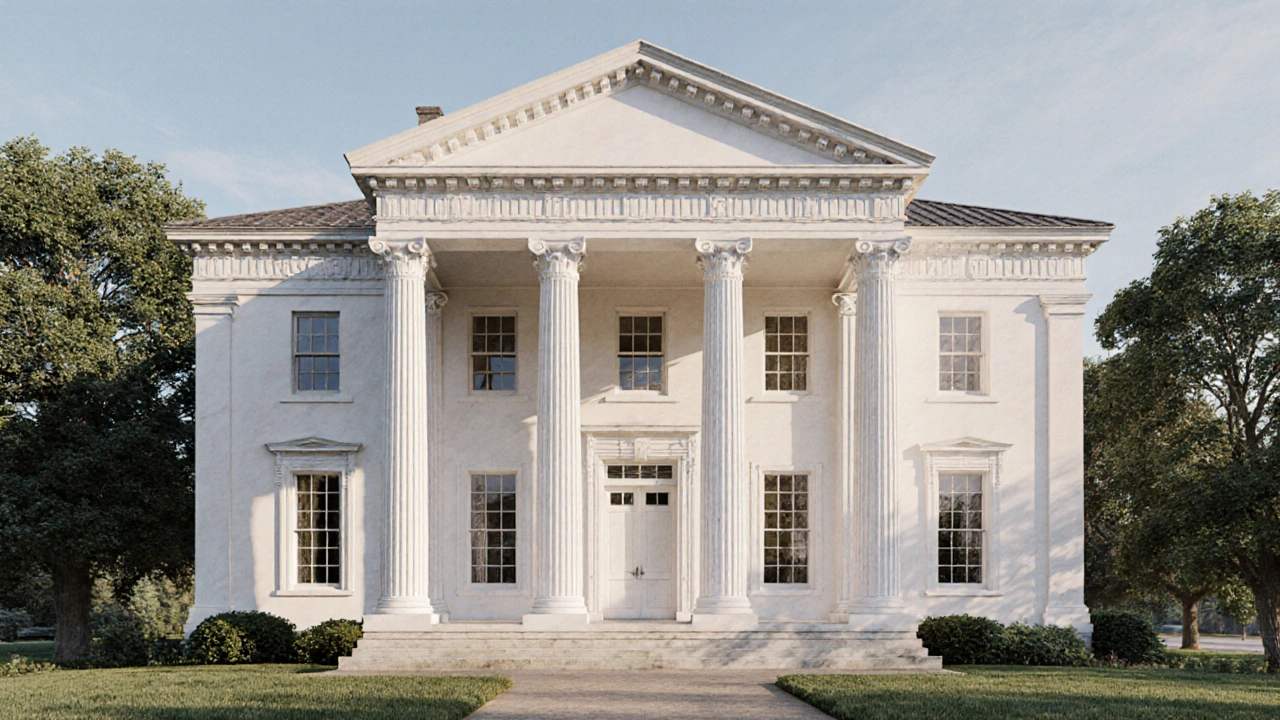19th-Century Architecture
When exploring 19th-century architecture, the building styles that unfolded from 1800 to 1900, blending new industrial techniques with historic references. Also known as 19th‑century building design, it marked a turning point where steel frames met ornate façades.
One of the most recognizable strands is Gothic Revival architecture, a movement that revived medieval Gothic forms like pointed arches, ribbed vaults, and decorative tracery. This style 19th-century architecture embraces historical romanticism while applying modern construction methods, so you’ll see soaring spires on 19th‑century civic buildings and churches alike. The revival didn’t just copy old cathedrals; it reinterpreted them for a new era, adding iron‑frame support that let architects stretch heights without the massive stone walls of the original Gothic.
Another pillar is Renaissance Revival architecture, a trend that looked back to the symmetry, proportion, and classical orders of the 15th‑ and 16th‑century Italian palazzi. Builders used this language to convey stability and cultural prestige, especially for banks, museums, and government structures. The revival embraced rusticated stone bases, arched windows, and cornice details, while the industrial age supplied prefabricated decorative elements that cut costs and speeded construction.
Both revivals illustrate a broader theme: historicism. In the 19th century, architects often chose a past style to express a specific identity—Gothic for moral seriousness, Renaissance for civic order, and later, Beaux‑Arts for grandeur. This historic borrowing was made possible by rapidly improving engineering knowledge. The introduction of cast iron and later steel frames allowed larger spans, while new heating and lighting systems freed designers from the constraints of natural light and fire‑proof masonry.
Industrialization didn’t just change materials; it reshaped planning. Urban centers grew vertically and horizontally, prompting architects to think about traffic flow, street alignment, and the emerging skyline. The era also saw the birth of zoning concepts and building codes that still influence today’s practice. As a result, 19th‑century architecture is a crossroads where tradition meets technology, producing a rich tapestry of styles that still inspire contemporary designers.
Below you’ll find a carefully curated set of articles that dive deeper into each of these movements, explore the engineering breakthroughs that made them possible, and show how the legacy of the 1800s continues to shape the buildings we live and work in today. Browse the collection to see how historic forms, industrial innovation, and cultural ambition combined to define a century of architecture.

Greek Revival Architecture: Key Features and History Explained
Explore Greek Revival architecture's origins, key features, regional twists, iconic examples, and preservation tips in this in‑depth guide.
Read more